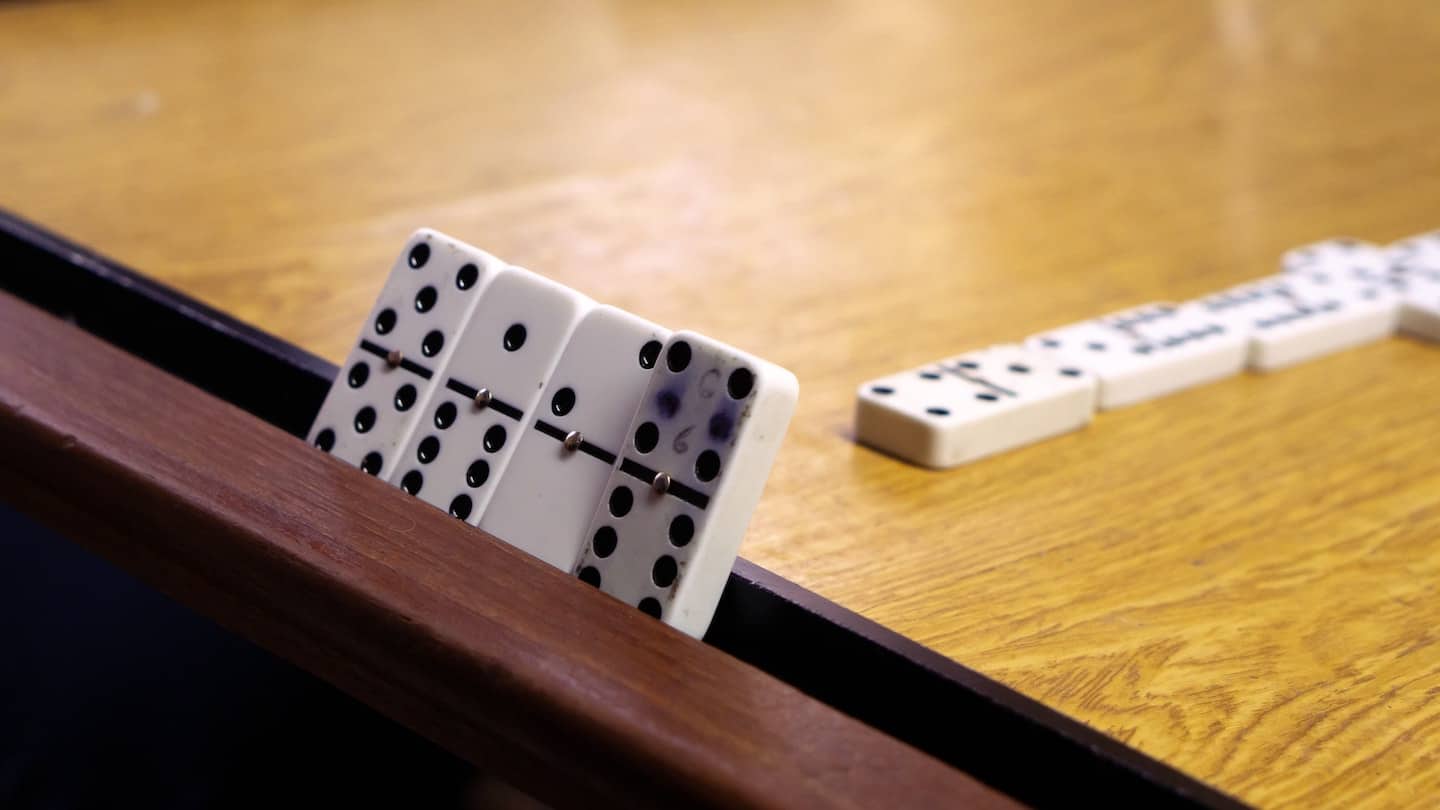Commercial negotiation is an art. However, it is based on a mixture of techniques and tactics that are well known to your negotiators. In this article, we give you 7 of the best commercial negotiation techniques and 10 proven tactics to get the most out of your tough negotiations.
Sommaire
7 commercial negotiation techniques
1 Define the negotiation framework

“If you have to explain your authority, power, position, leverage, and advantage, you do not hold the stronger frame.”
In his book Pitch Anything, Oren Klaff teaches us that in order to get our messages across, we need to create original pitches. But before you pitch, you need to get the “framework” right.
What is a ‘frame’?
A frame is the perspective that each party brings to a social encounter. The different frames that meet do not coexist for long: they clash with each other, and one or the other takes control. Thus, in case of conflict, the stronger frame always absorbs the weaker frame and governs the social interaction.
Oren Klaff identifies four types of frameworks that need to be identified to win the negotiation.
The power framework
This is the most common type of setting: the other side tries to show itself as more powerful than you in order to impress you. Visits to (large) offices (or choosing a huge meeting room for a three-way meeting…), gate-keepers, etc. are all ways of establishing this frame.
How to react?
Be the alpha in the room. Defiance and light humour are your best allies! By being both funny and defiant, your target instinctively understands that you are a pro.
The value framework
In the way they address you, the other party may try to put you in a position of inferiority, simply to gain an advantage over you in the negotiation. It is a question of playing on who needs the other more.
How to react?
We always want what we can’t have. When you feel you are in a situation where someone is trying to reduce your value, turn the tables: “Could you tell me a bit more about yourself & your company? Meaning: I don’t work with just anyone.
The time frame
You know when a client says “Hi, um, I only have 10 minutes to meet you, but come on in” and you say “I really appreciate your time. Thanks for fitting me into your busy schedule”? Well that’s exactly what you shouldn’t do!
Indeed, by answering in this way you reinforce the power of your opponent and confirm his superiority.
How to respond?
Instead of thanking the person for their precious time, politely let them know that you need a time slot when they are available. Show them that you are valuable and that your time is as precious as theirs.
The analytical framework

How many times have you given a presentation when suddenly one or more people in the room get into the technical details?
It is the analyst’s frame that attacks you, which is particularly common among engineers and financial analysts. But this frame kills the scope of your speech!
How to react?
The human brain is incapable of being both coldly analytical and warmly engaged in a story! When your target lingers on a technical topic, break this frame by telling a brief but relevant anecdote, involving yourself.
2 Anchoring techniques: be the first mover
Anchoring bias, theorised by Amos Tversky and Daniel Kahneman, is one of the psychological principles you need to know to sell better.
Indeed, the anchoring bias makes the negotiation more likely to be in favour of the person who makes the first offer.
It is therefore recommended to be the first mover!
The advantage of a standardised contract:
For even greater impact, you can open negotiations with a draft agreement, or standard contract, prepared with your legal advisor and all relevant decision-makers in your team. A standardised contract can also save time and money for both parties.
3 Use silence to your advantage
In a negotiation, as in any discussion, we tend to fill awkward silences, usually with persuasive techniques and counter-arguments. But silence is not necessarily a bad sign, on the contrary.
The benefits of silence:
Allowing a few moments of silence can give you time to absorb everything your opponent has just said and thus defuse your tendency to anchor bias.
Also, being silent is often much more telling than a bunch of protests.
4 Surround yourself and seek advice
Making decisions alone can be very dangerous in negotiations. We miss some of the biases and do not see the situation objectively.
It is therefore essential to seek advice from trusted people who are better able to assess the situation in a meaningful way.
5 Systematically validate each of your assumptions
The most dangerous thing in negotiation is to believe something that is false, without questioning it.
The best negotiators patiently let others make their case, without interrupting. Indeed, encouraging the other party to speak first allows you to know what they are thinking.
And, as one of the oldest maxims of negotiation says: he who mentions the numbers first loses.
Salesdorado’s advice:
In most negotiations, the other side will tell you all their difficulties. Solve them as you go along so that you don’t let their problems become your own.
6 (Threaten to) Stop everything
Psychiatrists compare the impasse to alienation: both have a traumatic effect on people. Rather than sacrifice their sense of belonging, people prefer to distort the truth.
Since negotiators are afraid of deadlock, they will do anything to avoid it. Threatening to stop everything is therefore a good negotiation tactic, part of theart of the deal.
Salesdorado tip:
Threatening to leave the negotiating table is a powerful and uncomfortable technique: use it sparingly.
7 Harnessing motivation

In the iceberg theory of negotiation, the iceberg represents the needs, desires and motivations of your counterpart. Although you can easily see some of these needs, most of them are hidden below the surface.
To achieve your goals, you need to be aware of these hidden needs and use them to influence your opponent’s decision.
What are the hidden needs?
Sometimes needs have a structure, as in Maslow’s pyramid. But often it is up to the negotiator to discern the needs of the opponent. Overall, people want to be listened to, to be free to choose and to be treated honourably.
10 tactics for better negotiation
1. extreme demands, followed by small and slow concessions.
This is probably the best known negotiating tactic: it prevents parties from making concessions too quickly. However, this tactic can cause trade negotiations to drag on unnecessarily.
Be clear about your own objectives, the best alternative to a negotiated agreement (BATNA) and your results – and don’t be intimidated by an aggressive opponent.
2. The tactics of engagement.
Your opponent may tell you that he or she has limited room to negotiate with you.
Do your best to find out if this argument is genuine. Perhaps your opponent does not have enough power to do business with you.
3. the “take it or leave it” strategy.
Offers should rarely be non-negotiable. To defuse this negotiation tactic, try to ignore it and focus instead on the content of the offer. Then make a counter-offer that meets the needs of both parties.
4. Inviting non-reciprocal offers
When you make an offer, you may find that your counterpart asks you to make a concession before making a counter-offer. Do not overbid by reducing your demands; instead, indicate that you are waiting for a counter-offer.
5. Wear and tear.
Sometimes you may find that your opponent keeps making bigger and bigger demands, waiting for you to reach your breaking point and give in. Tell them that you will only engage in an exchange of reciprocal offers.
6. Personal insults.
Personal attacks can feed on your insecurities and make you vulnerable. Take a break if you feel agitated, and let the other person know that you will not tolerate insults and other cheap tricks.
7. Bluffing, puffing and lying.
Exaggeration and misrepresentation can catch you off guard. Question claims that seem too good to be true and examine them closely.
8. Threats and warnings.
Want to know how to deal with threats? The first step is to recognise threats and warnings as the negotiating tactics they are. Ignoring or, alternatively, naming a threat are two effective strategies for defusing them.
9. Depreciate your alternatives.
The other side may try to make you give in by belittling your BATNA. Do not let them shake your resolve.
10. Good cop, bad cop.
When you are faced with a team of two negotiators, you may find that one person is reasonable and the other is tough. Understand that they are working together and don’t be fooled by these negotiating tactics.





